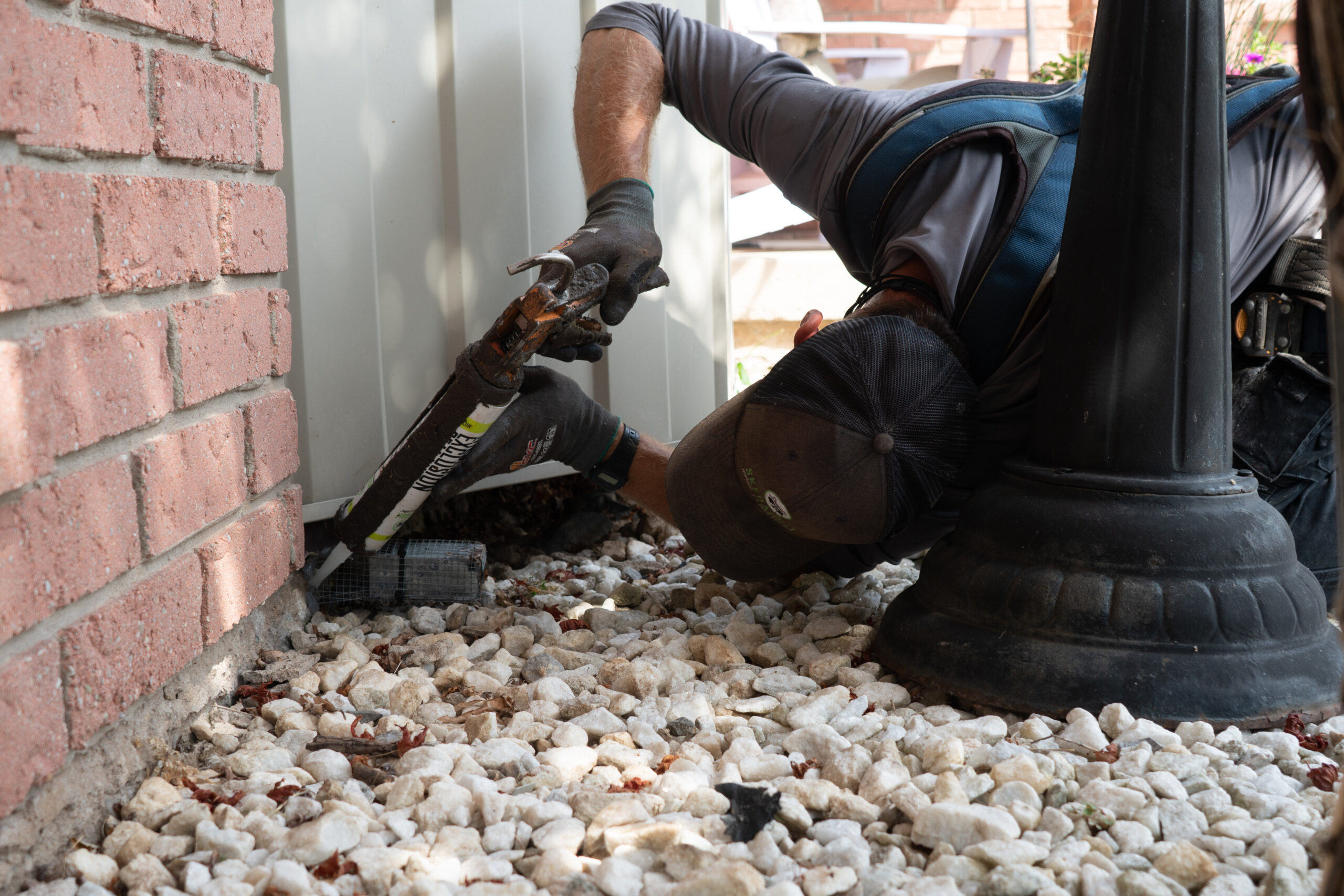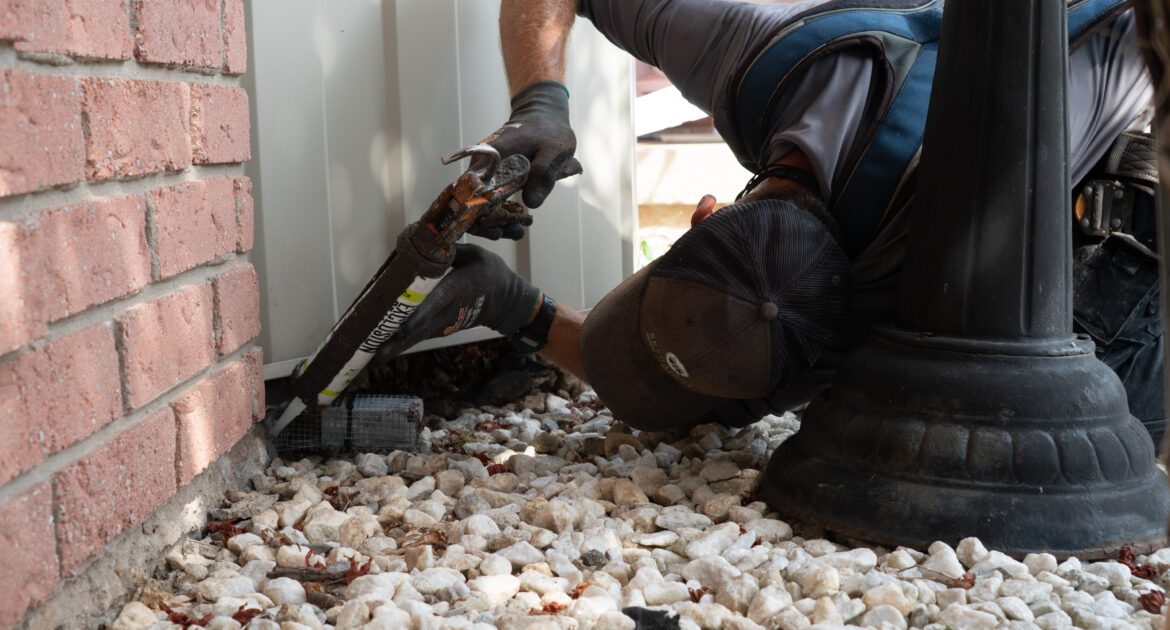Living in picturesque Oakville comes with its own set of unique challenges – and one of them might be scurrying around your house right now. If you’ve begun to hear the faint, telltale sounds of tiny feet in your walls or attic, it might be time to start contemplating mice removal in Oakville.
This post is designed to shed some light not only on the common signs of a mouse infestation but also on the surprising reality of anxiety in these small animals and what that could mean for your home. So tag along with us as we dive into understanding the little-known world of mouse psychology – it may provide you with the insights necessary for maintaining both a rodent-free house and a humane approach to wildlife control.
What is Mouse Anxiety?
Mouse anxiety is a phenomenon that describes the stress and fear experienced by rodents in reaction to their environment. Just like humans, mice are susceptible to mental anguish, and this becomes more evident in their behaviour when they are in an unfamiliar or threatening environment. They may exhibit higher levels of activity, nervousness, and even signs of depression in some cases. These emotional responses are triggered by various factors such as a change in living conditions, predatory threats, crowding, or lack of food.
Why is it crucial to understand mouse anxiety, especially for homeowners in Oakville? Nervous mice tend to seek out new environments, which might lead them straight into your comfortable, safe, food-filled home. By understanding their behaviour patterns and triggers, homeowners can take proactive steps to make their homes less appealing to these tiny invaders, thus preventing a potential infestation.
Signs and Symptoms of Anxious Mice
Spotting anxious mice in your home doesn’t necessitate a degree in rodent psychology. There are several hallmark indications that suggest apprehension, fear, or stress in these little animals.
Firstly, one primary symptom is an infrequent eating habit. Under stress, they often show a noticeable decrease in appetite and may lose weight as a result. If you notice less nibbling activities in your home or see malnourished-looking mice, it might hint towards anxiety in these critters.
Secondly, the change in the nesting behaviour is another significant sign. Mice are traditionally meticulous nest builders, but anxious ones might neglect their nests or build them haphazardly. This sign might be hard to spot, but if your attic or garage is infested, you might come across these poorly constructed nests.
Also, anxious mice display repetitive, purposeless behaviours — a sign of compulsive disorder in these tiny beings. For instance, continually chewing or scratching without any reason, or displaying increased grooming behaviour that results in bald patches, can indicate they are under stress or anxiety.
Furthermore, high levels of aggressiveness can be another trait of anxious mice. Although they are generally timid by nature, heightened stress levels can lead to increased aggression. This might manifest as fights amongst groups of rodents, which often leaves the participants with visible wounds.
Lastly, abnormal defecation patterns, specifically diarrhea, can be associated with anxiety in mice. While such a symptom can also be indicative of other health issues, combined with other symptoms mentioned, it further solidifies the case for this problem.

The Impact of Mouse Anxiety on Your Home
For many homeowners, the connection between mouse anxiety and potential home damage might not be immediately clear. However, anxious mice can have very real consequences for your household. Given their small size and typically nervous disposition, any increase in anxiety can lead to more erratic behaviour, which can translate into a variety of impacts on your home:
- Destructive Behaviours: Anxious mice are more prone to destructive behaviours such as gnawing and scratching, both of which can lead to damaged furniture, electrical wires, and building materials, potentially making them costly nuisances.
- Increased Activity: Heightened anxiety can make them more active, resulting in them finding (and creating) new ways to explore your home. This not only expands the areas in which they can cause damage but also increases the chance of them finding food sources or nesting areas.
- Nesting Habits: Mice suffering from apprehension might establish nests in unusual or less-than-ideal locations around your home. These locations, such as within wall cavities or ventilation ducts, can lead to further damage and make removal more difficult.
- Marking and Droppings: Anxious mice may also increase the ‘marking’ of their territory as a way of communicating their presence to others. This results in more droppings, which can lead to unpleasant odours, staining, and even health risks if not dealt with properly.
The relationship between mouse anxiety and the health of your home might not be one of the first concerns on your list, but as you can see, it has the potential to lead to serious issues. A proactive approach to mouse control from anxiety reduction to physical removal is key to maintaining a safe and pleasant living environment.
Creating a Mouse-Free Environment
Creating a sanctuary free of uninvited rodents like mice is a crucial step toward alleviating any mouse-related issues you may be facing. Your home can remain a safe haven when you follow these fundamental preventive measures on how to get rid of mice.
- Seal cracks and crevices: Rodents can squeeze through tiny openings as small as 1/4-inch across. Be sure to seal off any tiny cracks, gaps, or holes in your home’s walls, doors, or windows, using hardware cloth or steel wool for best results.
- Ensure cleanliness and proper storage: Animals are attracted to food and clutter. Keep your home clean, ensure your food is covered and stored appropriately, and sanitize your kitchen regularly.
- Secure your trash bins: Mice will rummage through garbage in search of food. Make sure your trash bins are secure and not easily accessible.
- Trim tall grass and foliage: These provide ideal hiding spots for mice. Control this by regularly trimming your garden’s foliage and removing any heaps of leaves or stacks of wood near your home.
Home maintenance may seem daunting at first, but these tips are not only easy to implement, they’re also crucial in maintaining a rodent-free home. Start taking these preventative steps today and enjoy the tranquillity of a mouse-free home tomorrow.
The Importance of Humane Mouse Control
The issue of mouse anxiety in your home might have you asking, “Why do mice come into homes?” As unsettling as it can be, they are simply seeking shelter, warmth, or food. But here at Skedaddle Humane Wildlife Control, we understand that you’re interested in keeping your home mouse-free while offering these animals the respect they deserve. This is where the importance of humane mouse removal comes into play.
Contrary to some popular belief, cruel or inhumane methods of mouse control aren’t necessary or effective in the long term. We believe it’s vital to treat all animals, including mice, with kindness and humanity. To this end, we have developed a successful method of humane mouse removal that ensures both your peace of mind and the well-being of the animals.
When you choose Skedaddle, you’re hiring trained and experienced professionals who understand the patterns and behaviours of anxious mice. We sympathize with your concerns for your home but also empathize with these animals who are simply trying to survive. Our removal plans are customized for each home and family, ensuring both the safety of people and the humane treatment of rodents.
Humane mouse removal is not only about respect for wildlife but also about helping you maintain a clean, safe, and comfortable home. It’s about finding and closing entry points, removing attractants, and educating homeowners on how to coexist peacefully with local wildlife. Your house belongs to you; let’s keep it that way humanely. Trust Skedaddle for your peace of mind.

Humane Mice Removal in Oakville With Skedaddle
Mouse anxiety is not only an issue that affects the health and well-being of these small rodents but could also be indicative of an underlying issue plaguing your home. Recognizing the signs and understanding the implications of this problem is integral to maintaining a healthy and mouse-free environment. It’s crucial that you respond to these situations responsibly, choosing humane removal techniques. Wildlife organizations like Skedaddle Humane Wildlife Control are always at your service, knowing exactly how to handle these sensitive situations.
Don’t let the anxiety of these tiny residents go unnoticed or unaddressed. If you’re noticing any signs detailed in this article, we highly recommend reaching out for professional guidance. You have the power to make a difference and ensure a harmonious coexistence with wildlife while keeping your home secure. Remember, acting promptly can save you from potential damages and costly repairs.
So, when it comes to creating a mouse-free home that thrives on compassion and knowledge, the first and last step is to contact Skedaddle Humane Wildlife Control. Let’s all play our part in fostering a safe and anxiety-free environment for all!




